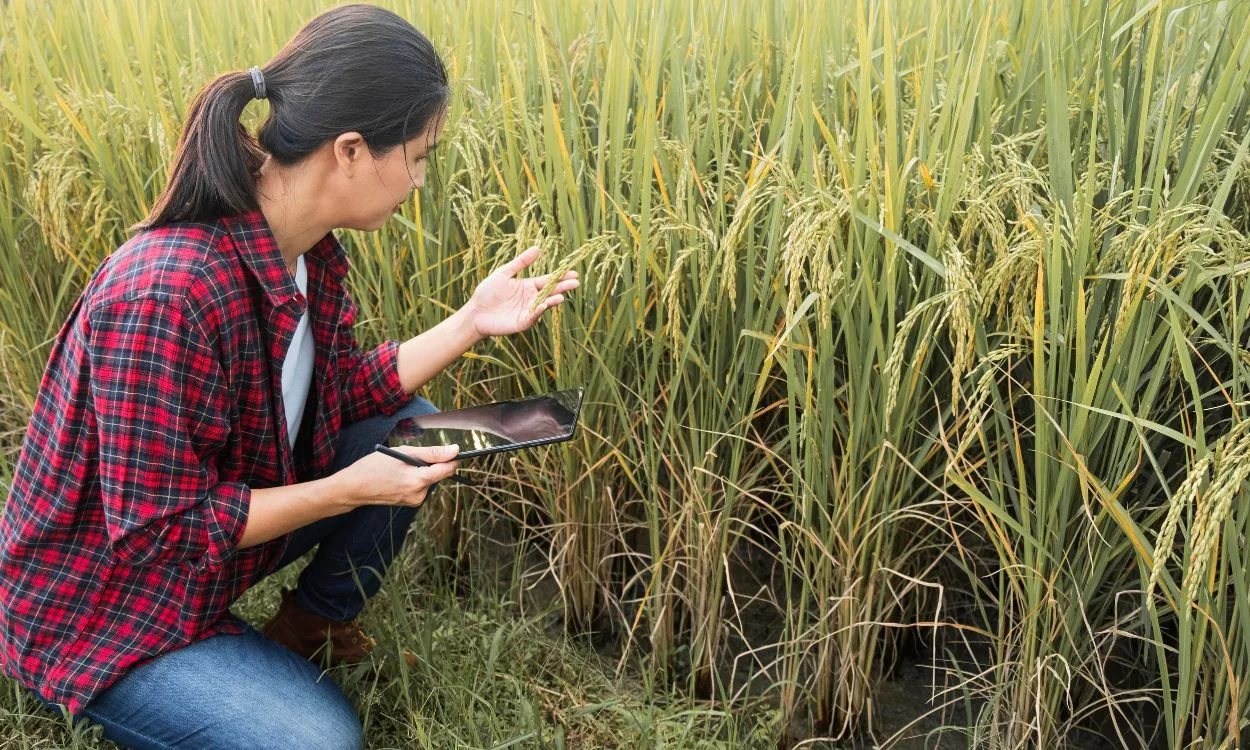The Environmental Impact of Rice Production in India: Challenges and Solutions
Rice is a staple food in India, and it is an essential part of the Indian diet. However, rice production has a significant impact on the environment. The production of rice requires a lot of water, and it is responsible for a significant amount of greenhouse gas emissions. In this article, we will discuss the environmental impact of rice production in India and the challenges and solutions to reduce its impact.
Challenges of Rice Production in India
Rice production in India faces several challenges that impact the environment. One of the significant challenges is the use of water. Rice requires a lot of water to grow, and it is estimated that it takes around 3,000 to 5,000 liters of water to produce one kilogram of rice. This high water requirement puts a strain on water resources, especially in areas where water is scarce.
Another challenge is the use of fertilizers and pesticides. The use of these chemicals can lead to soil and water pollution, which can have adverse effects on the environment and human health. Additionally, the production of fertilizers and pesticides requires a lot of energy, which contributes to greenhouse gas emissions.
Solutions to Reduce the Environmental Impact of Rice Production
Several solutions can help reduce the environmental impact of rice production in India. One of the solutions is to adopt sustainable farming practices. Sustainable farming practices, such as the System of Rice Intensification (SRI), can help reduce water usage and increase yields. SRI involves using less water and fewer seeds, which can reduce the environmental impact of rice production.
Another solution is to use organic farming practices. Organic farming practices do not use synthetic fertilizers and pesticides, which can reduce soil and water pollution. Additionally, organic farming practices can help improve soil health, which can lead to higher yields and better crop quality.
Finally, the use of technology can also help reduce the environmental impact of rice production. For example, precision agriculture can help farmers use water and fertilizers more efficiently. Precision agriculture involves using sensors and other technologies to monitor soil moisture, nutrient levels, and other factors that impact crop growth. This information can help farmers make more informed decisions about when and how much water and fertilizer to apply.
Conclusion
Rice production in India has a significant impact on the environment. However, there are several solutions that can help reduce its impact. Sustainable farming practices, organic farming practices, and the use of technology can all help reduce water usage, soil and water pollution, and greenhouse gas emissions. By adopting these solutions, we can ensure that rice production in India is sustainable and does not harm the environment. If you want to take a step towards a healthier lifestyle, download the Fitpaa app today and start your journey towards a healthier you.









